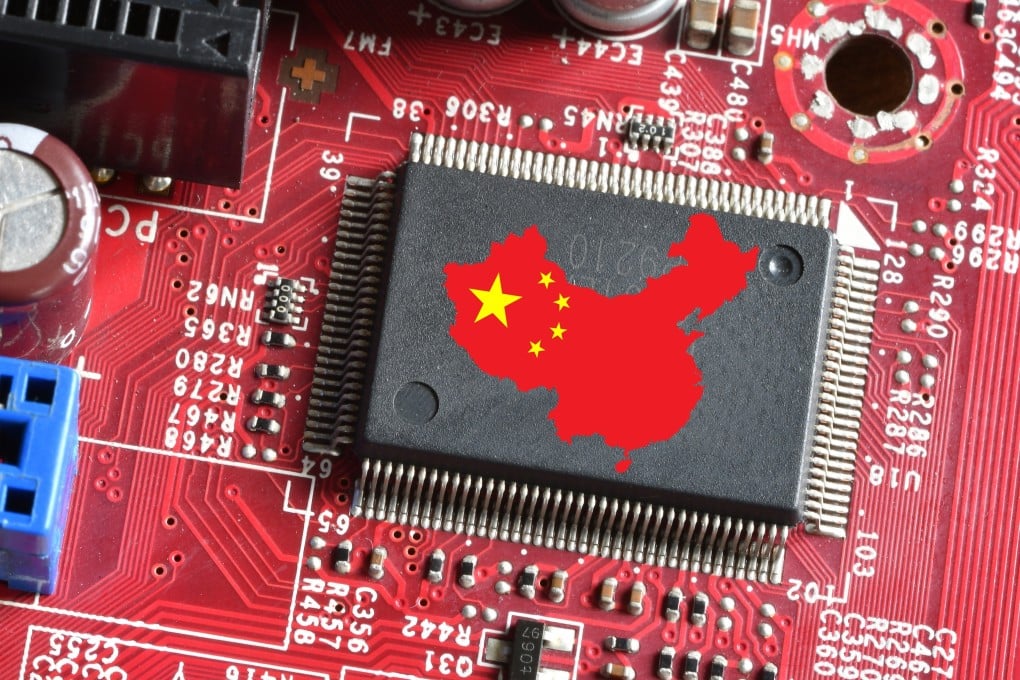Advertisement
Tech war: China doubles down on semiconductor self-sufficiency drive with US$47.5 billion Big Fund III
- The third phase of the China Integrated Circuit Industry Investment Fund has 19 equity investors, led by the Ministry of Finance and state-owned banks
- The size of the new fund is roughly on par with the US$53 billion in incentives under the US Chips and Science Act that was enacted in 2022
Reading Time:2 minutes
Why you can trust SCMP
49

Che Panin Beijing
China has doubled down on efforts to achieve self-sufficiency in its semiconductor industry by creating the country’s largest-ever chip investment fund, disregarding mounting pressure from US tech sanctions and a track record of corruption in these state-led programmes.
The third phase of the China Integrated Circuit Industry Investment Fund, also known as the “Big Fund”, was established last Friday with a registered capital of 344 billion yuan (US$47.5 billion), according to information made available on Monday by Chinese corporate database service Qichacha.
Big Fund III has 19 equity investors led by China’s Ministry of Finance with a 17 per cent stake, followed by the state-owned China Development Bank Capital with 10 per cent and state-asset manager Shanghai Guosheng Group with 8 per cent.
Advertisement
China Construction Bank on Monday said it will contribute 21.5 billion yuan over a 10-year period for a 6.25 per cent stake in the fund. Bank of China and Agricultural Bank of China also said they will invest 21.5 billion yuan each. Bank of Communications will invest 20 billion yuan for a 5.81 per cent stake, while Postal Savings Bank of China will provide 8 billion yuan for a 2.33 per cent shareholding. Other enterprises that took part in Big Fund III include Industrial and Commercial Bank of China and China National Tobacco Corp.
The size of that new fund – roughly on par with the US$53 billion in incentives under the Chips and Science Act, which was enacted by US President Joe Biden in 2022 – shows the Chinese government’s “whole nation” approach to build a self-sufficient semiconductor industry and overcome Washington’s export restrictions that have handicapped the sector.
Advertisement
Advertisement
Select Voice
Choose your listening speed
Get through articles 2x faster
1.25x
250 WPM
Slow
Average
Fast
1.25x
